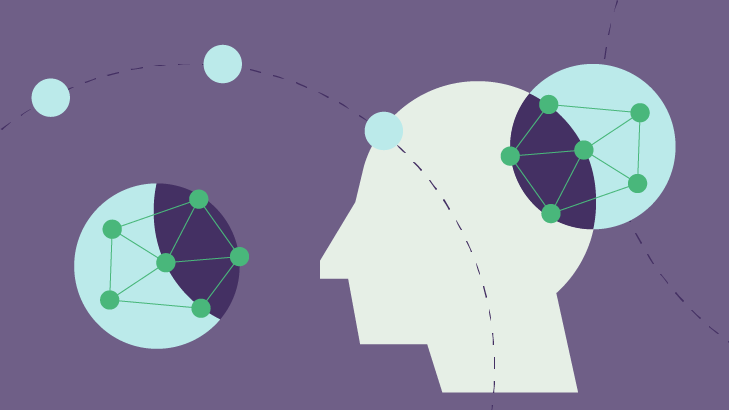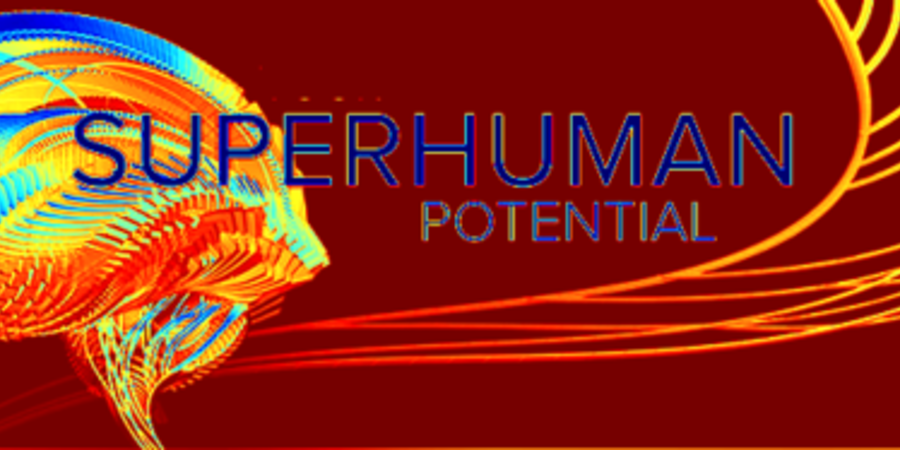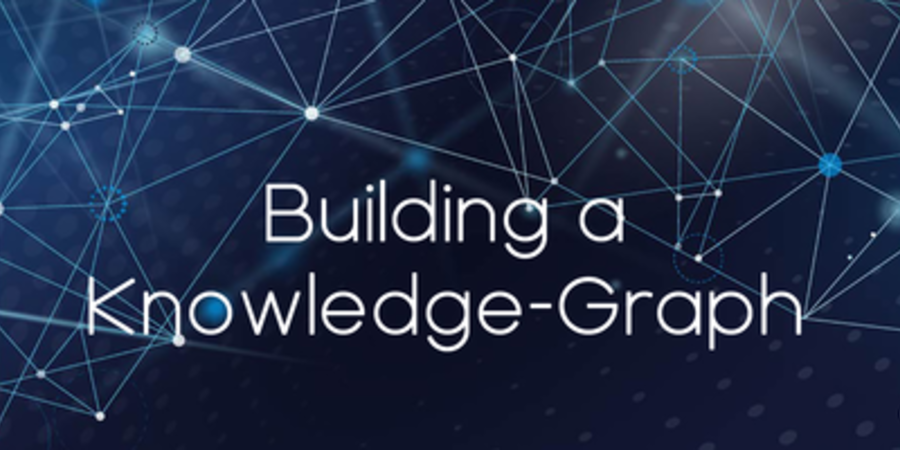AI developing an understanding of semantics is the next step in its evolution. AI’s true power to revolutionise industries and determine key business insights, lies in its ability to read text and understand the semantics (or relationship between words) to help organisations further mitigate risk and uncover liabilities. In turn this creates massive value in natural language processing. So, in the story of AI enabling understanding of semantics, what is the next step in its evolution and when are we likely to reach this milestone?













